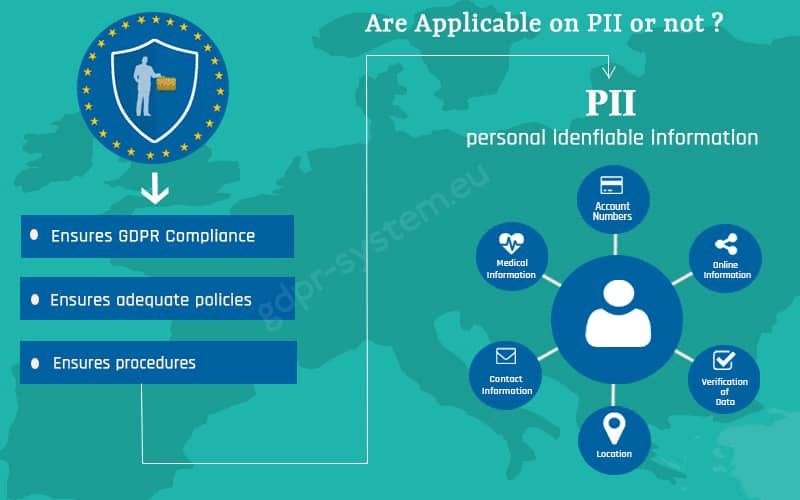Recognizing the Regulations: What Data Does Google Analytics Prohibit Collecting?
Browsing the Intricacies of Data Collection Limitations in Google Analytics: What You Need to Know
In the realm of digital analytics, Google Analytics stands as a foundation tool for services to amass insights into their on the internet efficiency. Nonetheless, under its apparently straightforward interface lie intricacies that can affect the accuracy and reliability of the data it supplies. Understanding the ins and outs of data collection constraints in Google Analytics is vital for making educated choices based upon the understandings stemmed from the platform. As organizations aim to utilize data for strategic development and efficiency optimization, knowing these restrictions ends up being not just beneficial however critical.
Information Inconsistencies in Google Analytics
Occasionally, information inconsistencies may occur in Google Analytics, demanding a comprehensive understanding of the system's ins and outs to effectively resolve and remedy these discrepancies. These disparities can originate from various resources, such as implementation concerns, data sampling, filters, or even robot website traffic. One common factor for data incongruities is inconsistencies in between data accumulated using JavaScript tracking code and data imported from various other resources like Google Ads or Look Console.
To deal with these disparities, it is important to initial carry out a detailed audit of your tracking arrangement. Validate that the tracking code is appropriately implemented on all pages, look for any filters that may be changing the data, and ensure that there are no redirects or other technological concerns interfering with data collection. In addition, acquaint yourself with typical challenges, such as cross-domain tracking errors or misconfigured objectives.
Monitoring Difficulties and Solutions
Offered the complexities of data disparities that can arise in Google Analytics, dealing with monitoring obstacles and implementing efficient solutions becomes vital for making certain accurate and dependable information analysis. One common monitoring obstacle is properly tracking cross-device and cross-platform customer interactions. Users today engage with sites and apps across numerous tools and systems, making it challenging to associate activities to a solitary individual properly. To conquer this, carrying out individual ID tracking can aid attach communications throughout various gadgets under one individual identifier, providing a much more holistic view of user behavior.
One more tracking challenge originates from advertisement blockers and privacy laws, which can prevent the collection of precise data (What Data Does Google Analytics Prohibit Collecting?). Solutions to this consist of carrying out server-side tracking, which bypasses client-side limitations, and respecting individual privacy choices by supplying clear opt-in devices for data collection

Recognizing Sampling in Reports
Sampling in records provides an approach for examining big datasets successfully while maintaining statistical significance. In Google Analytics, sampling takes place when the quantity of information inquired exceeds a specific threshold, resulting in the system examining only a section of the data to supply understandings. While sampling can speed up you can try these out report generation and minimize handling demands, it is crucial to recognize its effects on the accuracy and dependability of the outcomes.
When dealing with sampled data, it's necessary to think about the possible margin of error that might develop because of assessing just a subset of the full dataset. The accuracy of the insights derived from tasted reports may differ, and customers ought to analyze the findings with care, particularly when making data-driven decisions based upon these records.
To browse sampling in Google Analytics successfully, users can explore alternatives such as changing the tasting level, making use of customized record configurations, or leveraging Google Analytics 360 for higher data restrictions and more exact reporting abilities. By understanding the nuances of tasting in reports, individuals can make informed choices see it here and draw reliable final thoughts from their information analysis initiatives.
Influence of Cookie Deletion on Data

In addition, cookie deletion can skew group and interest data, as Google Analytics depends on cookies to classify individuals based upon their searching patterns. Without this details, marketing professionals might struggle to develop targeted campaigns that reverberate with their target market. To minimize the influence of cookie deletion, businesses can motivate customers to opt-in for data tracking, utilize other monitoring approaches like individual IDs, and on a regular basis keep an eye on data disparities to make certain data integrity in Google Analytics.
Enhancing Information Precision With Filters
To enhance the accuracy and integrity of information in Google Analytics, applying filters is a crucial strategy for enhancing data precision. Filters allow users to filter through and refine the information gathered, making sure that accurate and just relevant details is consisted of in the click here to find out more evaluation.
Filters not just help in omitting unwanted data yet additionally enable for the customization of sights to focus on specific sections or patterns of user interactions. In verdict, using filters in Google Analytics is crucial for improving data precision and ensuring that notified decisions are made based on trustworthy info.
Final Thought
To conclude, navigating the complexities of data collection constraints in Google Analytics needs a deep understanding of information disparities, tracking difficulties, tasting in reports, the effect of cookie removal, and using filters to improve information precision. By dealing with these difficulties and making use of appropriate services, companies can ensure the reliability and precision of their information evaluation for educated decision-making.
One typical reason for data variances is disparities between information accumulated by means of JavaScript tracking code and data imported from other resources like Google Ads or Search Console. What Data Does Google Analytics Prohibit Collecting?.
Offered the complexities of data inconsistencies that can emerge in Google Analytics, addressing tracking challenges and executing effective remedies ends up being vital for making sure accurate and dependable information evaluation. In Google Analytics, tasting takes place when the quantity of data queried exceeds a certain threshold, leading to the system analyzing just a section of the data to offer insights. To minimize the influence of cookie removal, organizations can urge customers to opt-in for data tracking, utilize various other tracking techniques like user IDs, and on a regular basis keep an eye on information inconsistencies to guarantee information integrity in Google Analytics.